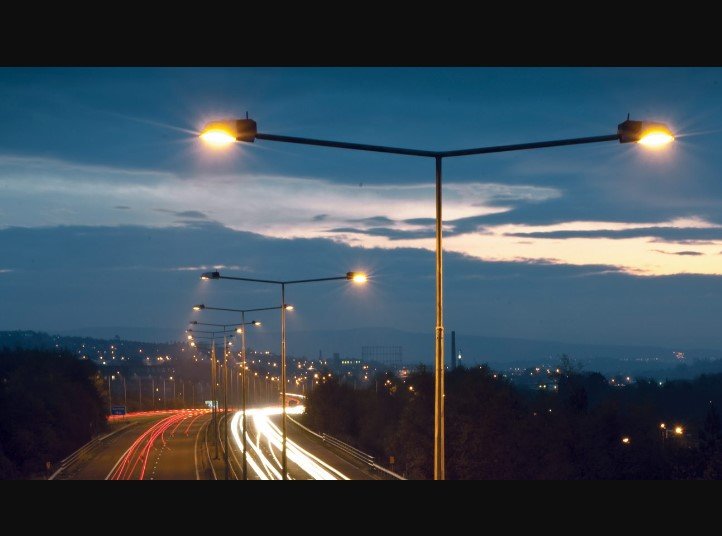In the age of advancing technology and sustainability efforts, the realm of urban illumination is undergoing a significant transformation. Street lighting, once a straightforward function of providing visibility and safety, is now evolving into a realm of innovation and efficiency. With the advent of smart technologies and the growing concern for energy conservation, the future of street light control holds promise for more intelligent, adaptive, and eco-friendly solutions. This article explores the latest innovations in street light control systems and their potential to shape the cities of tomorrow.
Evolution of Street Lighting:
Historical Perspective: From gas lamps to incandescent bulbs, the evolution of street lighting has been marked by significant milestones.
Transition to LEDs: The widespread adoption of LED technology revolutionized street lighting by offering energy efficiency, durability, and better illumination.
Challenges Faced: Despite advancements, traditional street lighting systems have limitations in terms of energy consumption, maintenance costs, and light pollution.
Rise of Smart Lighting:
What is Smart Lighting? Smart lighting refers to the integration of sensors, controls, and connectivity to enhance the functionality and efficiency of lighting systems.
Sensor Technologies: Motion sensors, ambient light sensors, and presence detectors enable adaptive lighting based on real-time conditions such as traffic flow, weather, and pedestrian activity.
Connectivity Solutions: IoT (Internet of Things) platforms enable remote monitoring and management of street lights, facilitating proactive maintenance and energy optimization.
Data Analytics: By leveraging data collected from sensors, cities can gain insights into lighting patterns, energy usage, and environmental impact, leading to informed decision-making and resource allocation.
Innovations in Street Light Control:
Adaptive Dimming: Dynamic dimming algorithms adjust light intensity based on traffic patterns, reducing energy consumption during off-peak hours while maintaining safety standards.
Geolocation-based Control: GPS-enabled systems allow for precise location tracking of individual street lights, enabling targeted maintenance and real-time adjustments of Street Light Control.
Integrated Surveillance: Street lights equipped with cameras and sensors enhance security measures by detecting anomalies, monitoring traffic congestion, and providing live feeds to authorities.
Environmental Considerations: Innovations such as spectrum tuning and glare reduction contribute to minimizing light pollution and preserving the natural nocturnal environment.
Human-Centric Design: Lighting systems designed with human comfort in mind incorporate features like color temperature adjustment and glare control to promote well-being and visual comfort.
Case Studies and Success Stories:
Copenhagen, Denmark: The City of Copenhagen implemented an intelligent street lighting system that reduced energy consumption by 50% through adaptive dimming and remote monitoring.
Barcelona, Spain: Barcelona’s smart lighting initiative improved safety and efficiency by integrating LED luminaires with motion sensors and Wi-Fi connectivity, enhancing the urban experience for residents and visitors.
Los Angeles, USA: Los Angeles deployed a comprehensive smart lighting network with over 200,000 connected LED fixtures, resulting in significant cost savings and environmental benefits.
Challenges and Future Directions:
Interoperability: The integration of diverse technologies and vendors poses challenges in standardization and compatibility.
Cybersecurity: Connected lighting systems are susceptible to cyber threats, necessitating robust security measures to safeguard data and infrastructure.
Regulatory Frameworks: Policy frameworks need to evolve to address privacy concerns, data governance, and sustainability mandates associated with smart lighting deployments.
Beyond Illumination: The convergence of lighting with other urban systems such as transportation, parking, and public safety opens avenues for holistic city management and optimization.
Conclusion:
As cities embrace the era of smart infrastructure, the future of street lighting holds immense potential for innovation and sustainability. By harnessing the power of smart technologies, data analytics, and human-centric design principles, urban illumination can transcend its traditional role and become a catalyst for creating safer, more efficient, and livable cities. As we navigate the challenges and opportunities on the path to illuminating the future, collaboration between stakeholders, policymakers, and technology providers will be crucial in shaping the cities of tomorrow.

